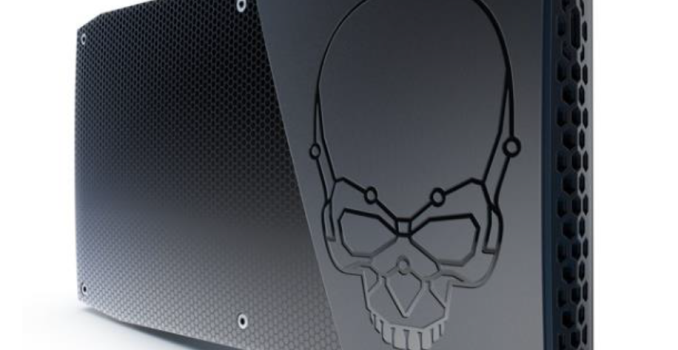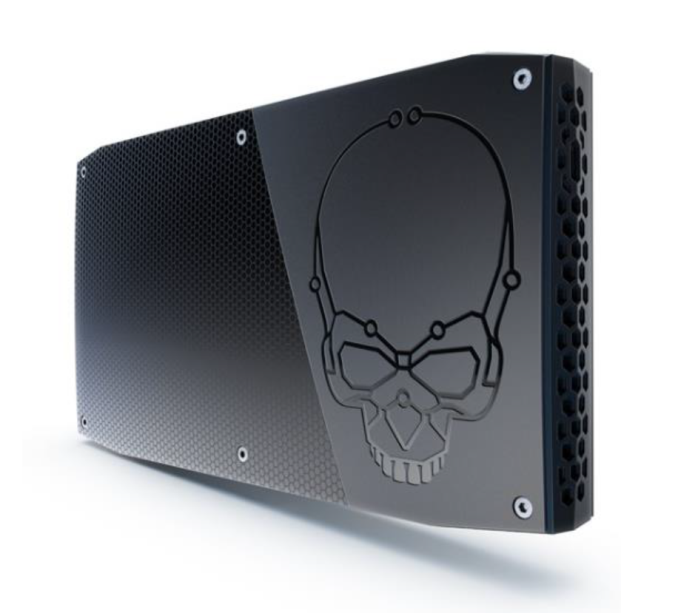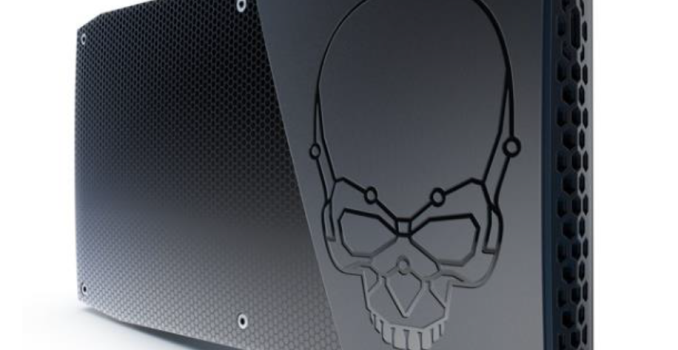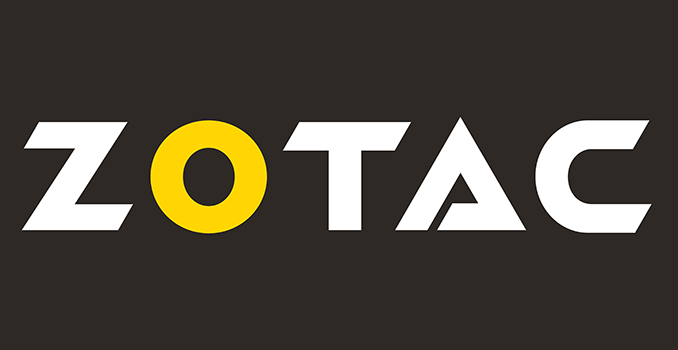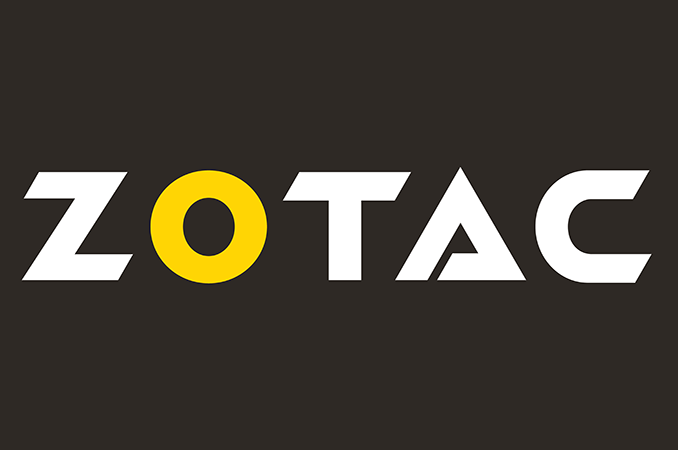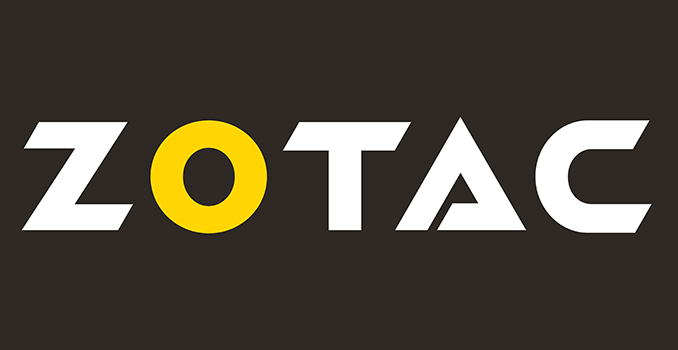Intel’s Skull Canyon NUC is Official: $650, Shipping In May
Back in January, Intel had provided us with information about the Skull Canyon NUC based on a Skylake H-Series CPU(with Iris Pro Graphics). Today, at GDC 2016, Intel made the specifications official. Pricing and availability information was also provided.
The key aspect that was not revealed before was the dimensions. The Skull Canyon NUC (NUC6i7KYK) will come in at 216mm x 116mm x 23mm, with the volume coming in at just 0.69L. For comparison, the Skylake NUC6i5SYK (non-2.5″ drive version) comes in at 115mm x 111mm x 32mm (0.41L), while NUC6i5SYH (2.5″ drive bay-enabled) one is 115mm x 111mm x 48mm (0.61L). The rest of the specifications are outlined in the table below:
| Intel NUC6i7KYK (Skull Canyon) Specifications | |
| Processor | Intel Core i7-6770HQ Skylake, 4C/8T, 2.6 GHz (Turbo to 3.5 GHz), 14nm, 6MB L2, 45W TDP |
| Memory | 2x DDR4 SO-DIMM (2133+ MHz) |
| Graphics | Intel Iris Pro Graphics 580 (Skylake-H GT4+4e with 128MB eDRAM) |
| Disk Drive(s) | Dual M.2 (SATA3 / PCIe 3.0 x4 NVMe / AHCI SSDs) |
| Networking | Intel Dual Band Wireless-AC 8260 (2×2 802.11ac – 867 Mbps + Bluetooth 4.2) Intel I-219V Gigabit Ethernet |
| Audio | 3.5mm Audio Jack (Headphone / Microphone) Capable of 5.1/7.1 digital output with HD audio bitstreaming (HDMI) |
| Miscellaneous I/O Ports | 1x Thunderbolt 3 / USB 3.1 Gen 2 Type-C 4x USB 3.0 (incl. one charging port) 1x SDXC (UHS-I) 1x HDMI 2.0, 1x mini-DP 1.2 Consumer Infrared Sensor |
| Operating System | Barebones |
| Pricing | $650 (Barebones) $999 (Typical build with 16GB DDR4, 256GB SSD and Windows 10) |
| Fact Sheet | Intel NUC6i7KYK GDC Fact Sheet (PDF) |
Note that the HDMI 2.0 output is enabled by an external LSPcon (not Alpine Ridge). So, we will definitely have 4Kp60 output with HDCP 2.2 support over the HDMI port, making it suitable as a future-proof HTPC platform. From a gaming perspective, the availability of Thunderbolt 3 enables users to add an external graphics dock like the recently announced Razer Core eGFX module. Note that any external GPU will be able to talk to the CPU only over a PCIe 3.0 x4 link (which should be plenty in almost all cases).
The Skull Canyon NUC will be available to pre-order on Newegg next month, with shipping in May 2016.

